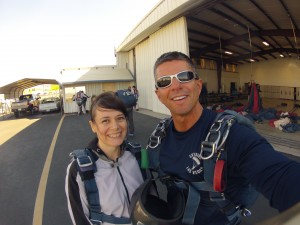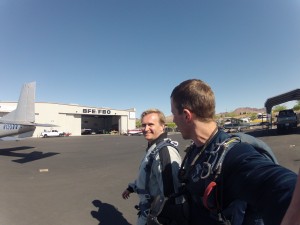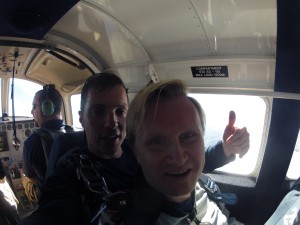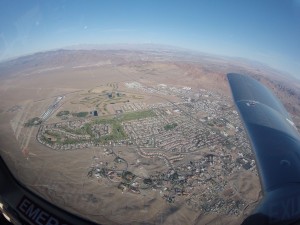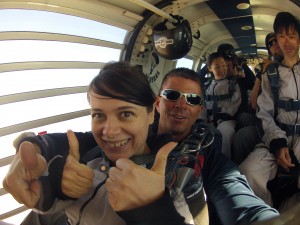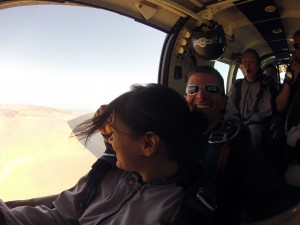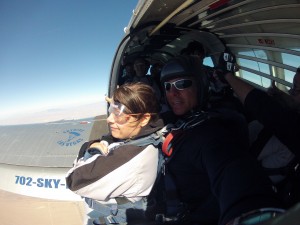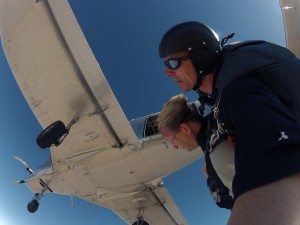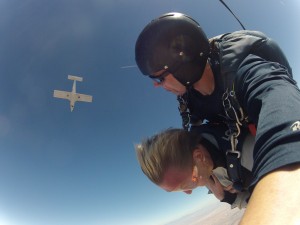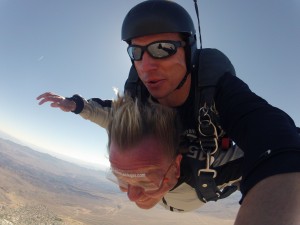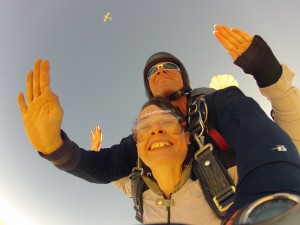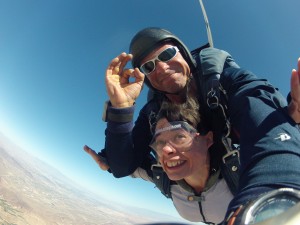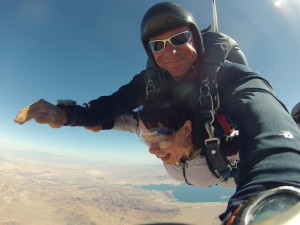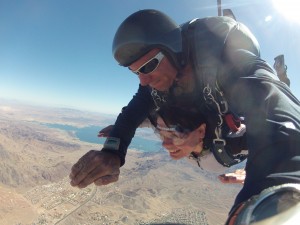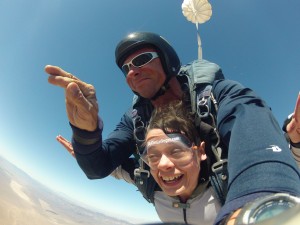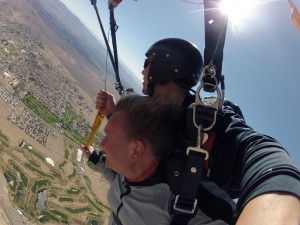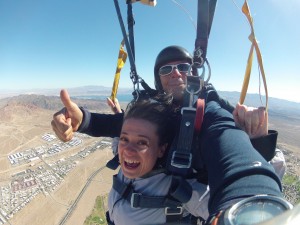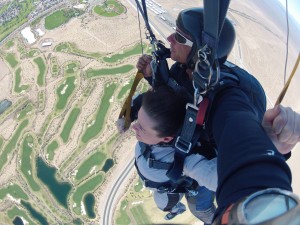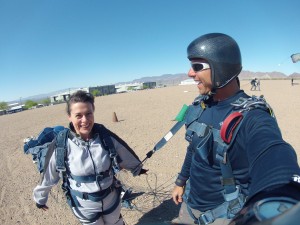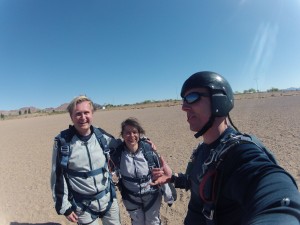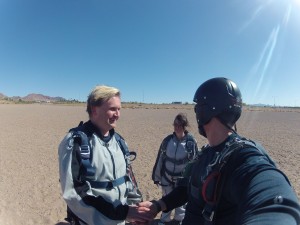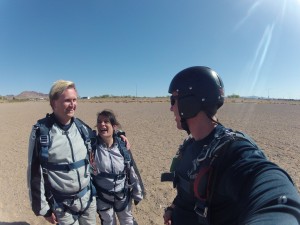
Lately I’ve been implementing webinars as an active strategy in my business.
Yes I know, webinars have been around for years nothing new here. Absolutely, I couldn’t agree with you more.
However webinar is just a marketing or content delivery channel, nothing more. And even though the makers of webinar software is trying to market their systems as the biggest revolution in business since someone invented toilet paper, they are just tools that should be embedded in some kind of business process.
This blog post is both about doing the actual webinar, using the toolset, but also how you embed it into your business from lead generation to the actual sale.
The Business Model Introduction…
Now this is just A business model, not necessarily THE business model. This is something that has been working well for me.
You are of course welcome to rip the whole thing and implement it in your business, but you can also just grab the bits and pieces that you feel will be working for you in your market.
The initial list of things to do in this business model might look overwhelming, however the good thing is that it can be put on evergreen.
Evergreen means that while you might do live webinars, there is nothing holding you back from just putting a pre-recorded webinar into the model and then have a complete hands off and automated business, that will continue to drive sales.
Actually this is my next step as I figure out what is resonating best with my audience. It would be a poor decision to use a pre-recorded webinar that did not convert well (and save a few hours each month) instead of doing a live webinar where you can continue to fine-tune your message.
The Webinar Definition…
But let’s take a step back and take a look and ask the questions “what is a webinar“. I propose the following webinar definition:
“An online broadcast that can be shared with remote locations using audio and video.”
Notice that I use the word “broadcast”. A webinar is typically a “one-to-many” media meaning that you put your message out, but the audience does not participate in the actual event (like an online conference).
Another point to notice is that I mention “audio and video”. In the “old days” our internet connections would rarely be able to support video and audio, and a lot of marketers used “Tele seminars” where participants had to call in using their phones.
To this day, the big providers of webinar technology have the ability to get the audio through a phone.
But I won’t get too stuck in the definition, chances are that you’ve already been exposed to a webinar in the past and are here because you want to do one.
Business Model Overview
But let me start with an overview of the business model.

These are the individual components in the model and I will go through each of them in details below.
Notice that the model stops after the sales page. How you deliver your product or service is probably specific to your business.
- Red boxes are the external lead generators responsible for getting fresh leads into the system
- Green boxes are the pages in the system for gathering and presenting information
- Blue boxes are the mail sequences that the lead or webinar participant receives and are basically the backbone in the model
External Lead Generation
How to you get participants to your webinar? You just send out a message to your newsletter list of course…
“What is that… No newsletter you say…?!”
Doing a webinar is a great way of validating a business idea, so often you won’t have any existing subscribers.
Doing a webinar is a great way of validating a market or business idea
Click To Tweet - Powered By CoSchedule
Also you cannot simply continue marketing the same webinar to the same list of people (even though you might get a few new subscribers every now and then).
So truth be told, I’ve used my newsletter list in the past to get participants to webinars and I continue to use it. However I’m also using Facebook Ads that have proven to be a really inexpensive way of getting leads into the the sales funnel.
Now there are multiple ways of using paid advertising to generate leads into any sales funnel.
I’ve tried out Google Adwords in the past, but haven’t been able to get reliable results of my business (not that you cannot use them though, I know several people who have built their entire businesses from traffic generated by Google Adwords).
However with Facebook Ads you can hit a very specific target audience which is what I’m currently doing. I’ll get more into this in a moment.
Economy of Paid Advertising
When you are first starting up, you might not think that paid advertising is for you. Perhaps you’re trying to bootstrap on a tight budget, or perhaps you just want some money before you start spending them.
This is all good, however done right, advertising is not an expense. It’s an investment.
Back in the days before the Internet John Wanamaker said:
“Half the money I spend on advertising is wasted; the trouble is I don’t know which half”
However today where everything can be tracked, this is no longer true!
These days you can see exactly what is working and quickly find out what is not!
So “investing in advertising” has never been easier!
Having success with paid advertising is really about finding out how much money you make each time you spend $1
My best ads have been giving me leads for less than $0.20!!!!
And when I say lead, that is me getting their email address on my autoresponder list (either because they want to participate in a webinar or they receive some kind of freebie).
Right now I’m getting leads for a webinar I’m doing next week for $0.50 to $1.00.

Now you can start to play with the numbers!
10% is probably low set on a $100 product but you get the idea!
You can also use the following formula:
Profit = number of leads * conversion % * product price – (lead acquisition cost * number of leads)
In this example I’m only counting the people who buy on the actual webinar. However there is also a group of people who might not have seen the webinar, or just needs a bit more persuasion.
If you remember the model overview, also the email sequence is redirecting people to the sales page, so more about this later.
Getting Cheap Leads through Facebook
Let me just start out by showing you a Facebook Ads campaign I’m currently doing for a webinar

I’m sorry but the currency is in Danish Kroner (DKK). If you want it in USD, you can divide the amounts by aprox. 5.50.
So right now I’m paying anywhere from $0.13 to $1.35 per lead and averaging at $0.95 per lead.
Now I could just suspend the more expensive ads and focus on going with the ones that work, however $1.35 is a perfectly acceptable price for lead (although the highest I’ve currently paid in any of my campaigns).
But how do you get leads at this price using Facebook Ads?
The following is my formula for doing exactly this:
- Find FB groups of people who are interested in the topic, or find the most active users from competitors pages
(I have some secret ninja tools for helping me with this that I unfortunately cannot share here)  Create “Custom Audiences” from the users extracted found in the research.
Create “Custom Audiences” from the users extracted found in the research.
I’m doing this using the Power Editor (that only works in Google Chrome). I’m typically importing a list of Facebook UserIDs, however you can also import a list of email addresses. If you only have a small list of users you can continue to do a “Lookalike Audience”, however the less “lookalike” you create it, the less targeted and the more you can expect to pay for your conversions- Create a couple of ads targeting the custom audiences
I typically create at least one ad per custom audience so I know what audiences are working well with certain messages. Only do the “Promoted Post” since this is a big ad getting into the news stream of your target audience. I wouldn’t bother with doing ads in the right hand side (the small ones) - Pay per impressions (CPM)
The more targeted your audience is the better click through rate you will get. So the best way to get really low cost conversion is not to bid on clicks but on impressions. - Other stuff
When you create the campaign you probably want to tell FB to optimize for conversions. This will require you to place a so called “pixel” on your opt in “Thank you page”. It’s just a piece of code that you need to add, and this will make it possible for Facebook to track your conversions.
That is basically it. The is no secret other than creating the most targeted audience you can get and paying for impressions!
Well, there is one more thing. You need an opt in page that converts like crazy, so let’s move on to exactly this.
Creating the pages
As you can see from the model overview you really only need five different pages.
Depending on your webinar system, these pages are created for you. However as I will mention later, it’s not always a good idea to use the standard pages.
- Landing page
This is where you direct all your traffic. This is one of the most important pages (if not the most important one) as this is going to get people into your funnel. If people visit your website but do not leave their email address, then you wasted that traffic and will most likely not get that person back to your site. While the sales page is also important, you can always continue to market to a person as long as they are subscribed, so even if they do not buy at the first visit, you can still continue to work the lead.If you’re up for it, this page is a candidate for split testing. However this is a little beyond the scope of this post

- Thank you page
A simple page that people will see after they have opted in. This is where you install the Facebook tracking pixel. I typically also let people download an ebook or similar on this page so they do not have to wait until the webinar before they receive something of value from me. - Webinar event page
The page where your webinar event will run. This page will typically have some kind of commenting system so people can interact with you during the call. If you are using some kind of webinar system this page is most likely done for you. - Webinar replay page
This is where you can send people to that wasn’t able to attend the live event. For instance I just got a cancellation from someone signing up asking me if a replay would be made available. His excuse? He had tickets for a Metallica concert on the same day (well that will teach me to schedule a webinar on the same day as a Metallica concert ;)). - Sales page
This is the page where people can order your product or service. If you done a good job at selling in your webinar, this does not have to be a complex page. Your selling should really be done on the webinar, so you don’t need a long sales letter.The sales page is also a candidate for split testing.
You just need 5 simple pages in your webinar setup
Click To Tweet - Powered By CoSchedule
Choosing the Right Webinar Software
Now there are a ton of different players in the webinar software field, however Google has disrupted the whole market by offering Google Hangouts on Air for free.
This is basically the same technology that is powering Google Hangouts where you do conferences with your friends.
I’ve chosen to purchase the Easy Webinar Plugin. It’s a system and a WordPress plugin that enables me to run webinars directly from my WordPress site using Google Hangouts on Air.
It’s just a one off price and that’s it. This is considerable cheaper than paying for something like GoToWebinar (that quickly becomes quite expensive).
However if you want the full story about Easy Webinar and Google Hangouts on Air check this in depth post I wrote recently as it covers the technical setup.
Now the good thing about Easy Webinar Plugin is that it creates all the pages I just discussed.
However recently I’ve started using LeadPages for the landing page and adding the participants to my autoresponder (I’m currently using GetResponse).
This goes a bit against how Easy Webinar was meant to be used, and I can no longer track people who are signed up in Easy Webinar.
But on the plus side, I get access to some crazy converting webinar landing page templates.

This is just one of my landing pages in LeadPages. It’s currently converting 46% of the visitors into subscribers (signups for the webinar).

Holy smoke Batman. 46% conversion rate!!!
Click To Tweet - Powered By CoSchedule
And I’m no professional copywriter!!!
I actually ran a split test between a page I did myself (a clean and “nice” looking page) and a landing page from LeadPages (on another campaign though). However I ended the test after three days when my own page only converted 5% and the LeadPages version converted 43%.
This is a SUPER IMPORTANT point!!!
You need to know your numbers. If you just stick up a page and send traffic to it, you should know how many of them stick around!
When it comes to people asking questions on the webinar, the different webinar systems typically support different methods.
After a couple of trial and errors, I’ve chosen to add the free livefyre comment component. It looks great and is easy to use (and did I mention it’s free ;)).
If you’re using Easy Webinar, you simply just add the code you get from Livefyre when you setup up the webinar.
Email Sequences
The last part of the puzzle it the email sequences.
Now I’m still optimizing my emails, however I want to give you an idea about how you can structure your emails.
I’m using a seven email setup
All the emails can be batched scheduled and you can use the same emails for each webinar (unless you want to split test or optimize something).
Emails before the event
- At the time of opt in
A confirmation that they are now registered for the webinar. I typically already add a link to the webinar in this email, so people signing up just before the actual even will also get the link.
Tell them again what they signed up for and why. - 24 hours before the event
And “excited email” telling people that there is only a day until the event. You can also add how many have registered. This will give some social proof but also give some scarcity if you only got a fixed amount of seats in the actual event - 1 hour before the event
This is where you tell people get to the webinar in good time. You might add some scarcity about there are more people signed up than seats (of course only if this is true) - When the event is starting
Tell people that you are waiting for them and the webinar is starting.
Emails after the event
- Webinar replay 1 day after event
One good thing about using Google Hangouts on Air is that it records the event automatically. So it’s super easy to send out a link to the recording of the webinar. - Q&A 2 days after event
A good excuse for contacting your webinar participants is to send out an email with questions and answers. These could be questions you got from participants, but it could also just be questions you think might hold people back from buying your product or service - Offer expiring 3 days after event
Time limited offers work really well. So one way of leveraging this is to send out an email telling the participants that the offer you made during the webinar is about to expire. In this example the webinar special offer would only be valid for 72 hours after the webinar
I currently setup the email sequences using my autoresponder, however Easy Webinar can also do these email sequences without any other software.
You just need these 7 emails in your webinar setup
Click To Tweet - Powered By CoSchedule
Webinar Structure
Are you still reading? Awesome!
Your webinar will typically be a PowerPoint or Keynote presentation that you present from.
But how do you structure a webinar where you plan on selling your product or service?
Well you can use the following plan:
- Welcome
Just a brief introduction - Hook
Tell them that you will give them someone of value in the end of the webinar to keep people listening all the way through. You might also mention your product early on! - Your story
Who are you and what’s your story? - Before
What did your life/situation look like before you discovered whatever it is you’re talking about? - After
And how does your life look like now? How did it help you? - Training
Deliver the training of the webinar. Remember to focus both story telling and concrete numbers/facts in order to cater for different people in your audience. - Build value
In what way is your product unique? - Reveal the price
- Bonuses
Increase the value of your product or service with bonuses - Discount
Give them an offer they cannot refuse - Risk reversal
Give them a money back guarantee - Urgency
Offer only valid for a limited time period, like 72 hours - Scarcity
What will they loose if they do not act? (or limited number of products) - Objections
If there are any objections you did not already cover - Recap pricing
Let them hear it again - Fast action bonus
Create massive urgency - Last warning
What will happen if they do not buy today
A 17 step outline for profitable webinars
Click To Tweet - Powered By CoSchedule
Whew, you made it through…
I’m excited that you made it this far.
Hopefully you now have an idea for how you can implement webinars as part of your business.
Anything I missed? Let me know in the comments!
If you enjoyed the post, I would really appreciate if you liked or shared it on your favorite social network. It’s only 10 seconds of your time. Thanks!
